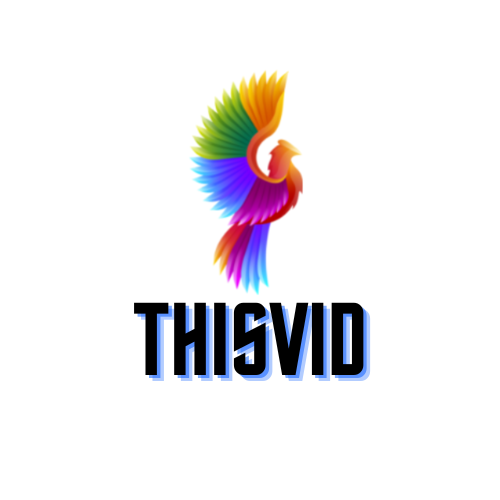The primary concern of project managers and team leaders with the advent of remote work and the upgrading of traditional workspaces was the decline in team productivity and efficiency. These worries were unfounded, though, since remote employees are 47% more productive than those who work in offices.
However, as a result, a plethora of digital tools and solutions have surfaced, for both tracking employee productivity and providing assistance when needed. However, the creation and application of these tools raised issues with employee privacy. But, these kinds of problems are avoidable when monitoring tools are used appropriately.
We’ll discuss workplace best practices for employee monitoring in the next article so that we may successfully balance the needs of the business with the rights of the person.
Recognizing the Monitoring’s Scope
Determining the scope of employee monitoring is the first step in the process. This entails describing in detail what is being watched and the purpose of the observation. This could involve monitoring productivity levels or work hours, or it could involve more complex techniques like email or keystroke logging.
Workers should be aware of the intent behind monitoring tools, stressing that it is not to infringe on personal privacy but rather to support an effective work environment and assist employees when they become stuck on a particular task. Establishing precise guidelines for what areas of the job are observed guarantees that workers feel appreciated and respected.
A Legal and Ethical Perspective
Before putting in place any kind of tracking system, it’s important to think carefully about the legal and moral effects. There are different privacy and monitoring laws in each country. Companies need to make sure that their monitoring practices are in line with both local and global data security laws, like GDPR in Europe. Ethics must also be a big part of the monitoring process. The tracking should be fair, not get in the way, and only look at work activities. Again, transparency is very important here. Tell your workers how you’ll be monitoring them and get their permission if needed to build trust in the workplace.
Selecting the Appropriate Instruments
It’s crucial to choose the right monitoring tools. A variety of monitoring solutions, from productivity tracking to security measures, are available that are specifically made to satisfy various monitoring needs. However, bear in mind the particular goals of the monitoring program you have started when making your decision.
Tools designed for in-depth surveillance are probably less useful than those that provide insights on work habits and project progress if the aim is to improve team collaboration. In addition, every tool used needs to offer secure storage to guard against breaches and exploitation of the data gathered.
Keeping Privacy and Transparency in Check
For ethical employee monitoring in the workplace, there needs to be a balance between privacy and openness. The people who work there need to know what information is being collected, how it will be used, and who can see it. Transparency not only follows the law, but it also builds trust between management and staff. Protecting privacy means making sure that monitoring doesn’t go into private or sensitive areas. There should be protections in place to keep personal information private and to make sure that tracking is only done for legal business reasons.
Establishing a Trust Culture
The foundation of any monitoring initiative’s effectiveness is fostering trust between participants and staff. Instead of being viewed as an oppressive method of activity monitoring, monitoring is a vital tool for promoting work outcomes and boosting productivity.
Engaging employees in discussions about monitoring helps foster an environment where monitoring is viewed favorably and accepted as part of an organization’s culture. They show how committed they are to achieving the expectations of both parties while finding a balance between the demands of productivity and privacy rights by holding regular feedback meetings with employee input on monitoring procedures.
Conclusion
Organizations can successfully negotiate the complexity of employee monitoring by defining the scope of the monitoring explicitly, upholding legal and ethical norms, using the appropriate methods, guaranteeing transparency, and cultivating a culture of trust. The intention is to establish a work environment that is courteous and productive by supporting employee rights and corporate goals through monitoring.
